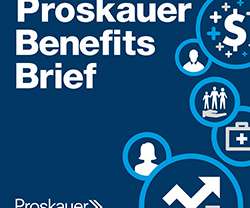“Clawback Comeback”: DOJ’s New Focus on Clawbacks to Prevent Corporate Crime
Proskauer's Employee Benefits & Executive Compensa
OCTOBER 19, 2022
This new focus on “clawbacks” is intended to give general counsels and chief compliance officers the tools to implement “responsible corporate behavior” and to foster a corporate culture that both deters and punishes risky (and possibly criminal) behavior by top executives.












Let's personalize your content